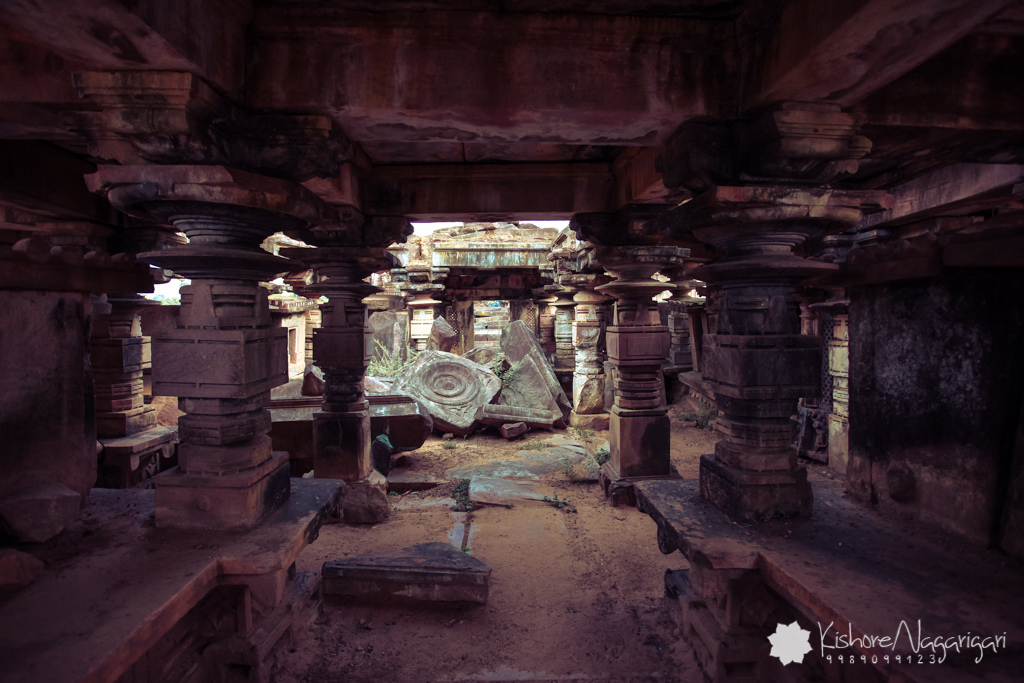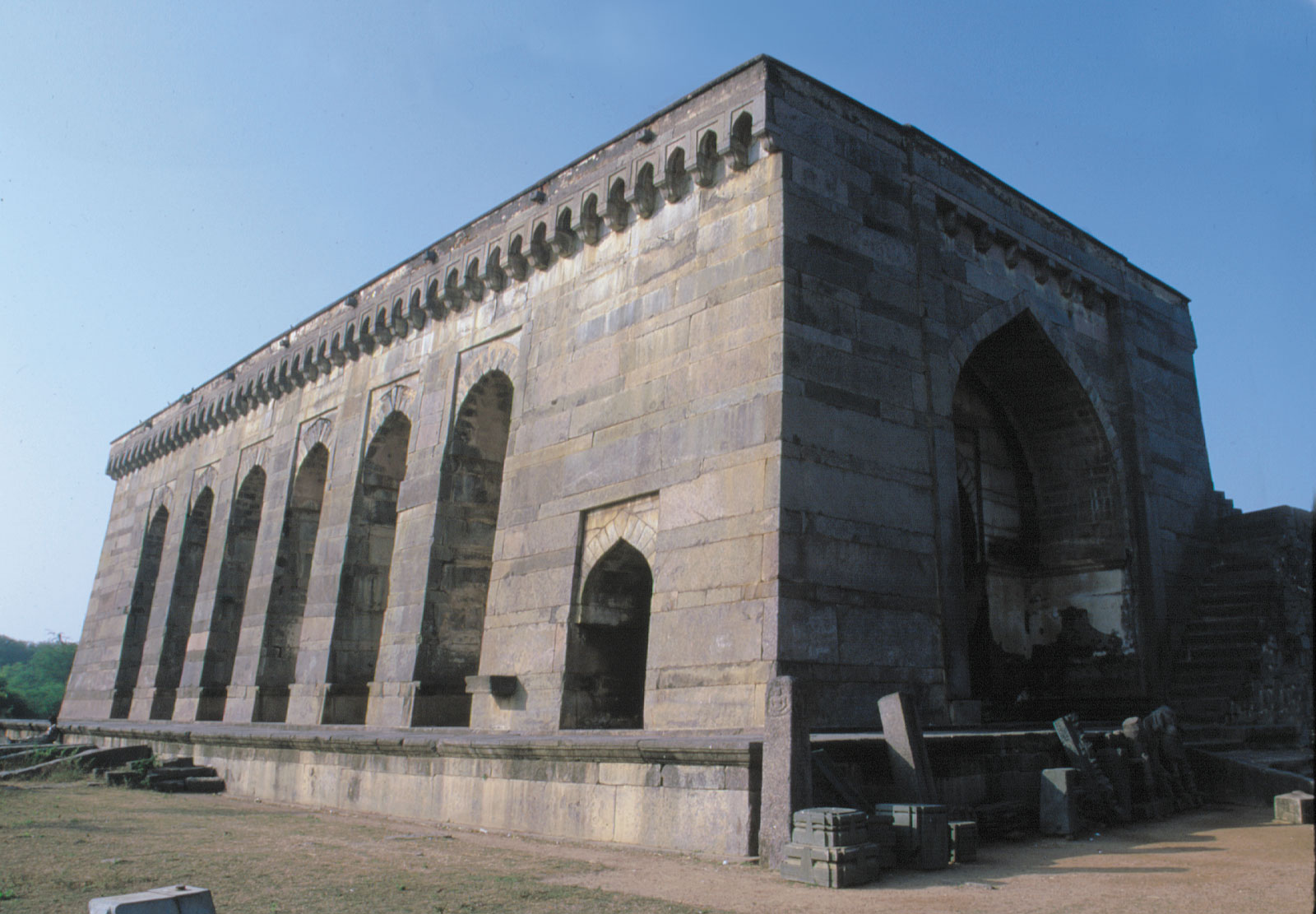A quick look at the monuments in Warangal
Warangal – That’s where our next run is scheduled at. While Hampi is exceptionally popular owing to its World Heritage Status and the significant number of tourists it sees every year, Warangal has not been that often in the limelight. So, we start our series of blog posts on Warangal, with this snapshot of the monuments at Warangal (this includes monuments which are at a maximum distance of 10 km from the main city).
The Kakatiyas, who were the rulers of the Andhra and Telangana territory, from 11th century to the 13th century, established Warangal (or Orugallu as it was known then) as their capital. They were patrons of architecture and the present-day Warangal also stands as proof for the same.
1. The Thousand Pillars Temple

This temple, despite the name referring to a thousand pillars originally has about 300 big and small pillars or pillar-like structures. Built was back in the 12th century by a king of the Kakatiya Dynasty, the temple’s main deity is Rudreswara Swamy, a personification of Lord Shiva. In fact some historians have pointed out that the name of the temple, Sri Rudreswara Swamy Temple was following the then tradition of naming temples after the kings and the king who commissioned this one was King Rudradeva.
This temple is also known for a sculpture of Nandi and the intricate designs and carvings along the walls and ceiling slabs. In reality, this temple was in a state of ruins until some initiatives taken up by the government and by concerned citizens in very recent years.
2. Warangal Fort

In the early 13th century, the capital of the kingdom was moved from Hanamkonda to the city of Warangal, and the fort was constructed then by King Ganapatideva. The main fort has 45 towers and the fort in general is known for its beautiful arches. The enormous gateway has now become a symbol of heritage tourism in Warangal.
3. Bhadrakali Temple

The main attraction of this temple is the stone image of Kali, who is represented in human form, seated with 8 hands holding weapons. This huge deity (measuring 2.7 m in height) is believed to have been worshipped by Pulakesin II of Chalukya Dynasty in 625 AD. This temple is scenically located on a hilltop mid way between the twin cities of Warangal and Hanamkonda.
4. Khush Mahal

Located near the Warangal Fort, this may have been used as an audience hall by Shitab Khan, a Qutb Shahi governor of Warangal. But, there is also speculation that this might have been built earlier in the 14th century, during the Tughlak occupation of the fort. Certain features of the architecture resemble that of the Tughlak architecture.
5. Sri Mallikarjuna Swamy Devasthanam, Ayinavolu
This temple was built way back in 700 A.D., before the Kakatiyas ruled the region. This rock engraved temple was however developed by the Kakatiyas. Certain aspects of the architecture spell out the Kakatiyan influence on them. This is located at a distance of 12 km from Warangal on the Warangal Khammam Road.
